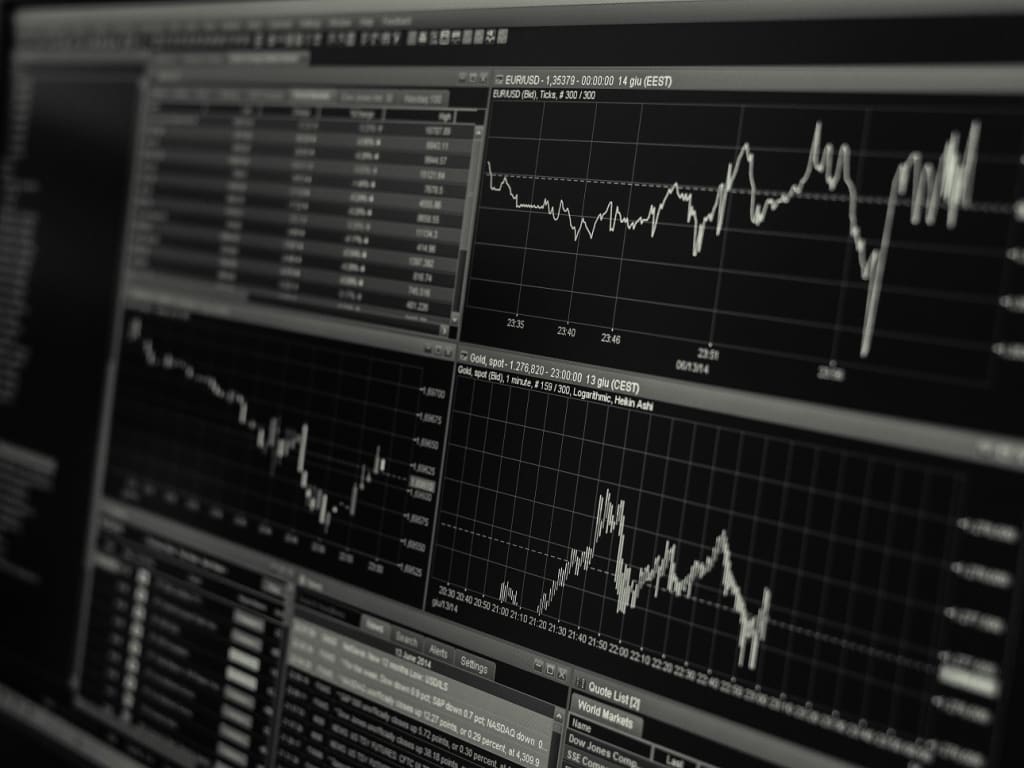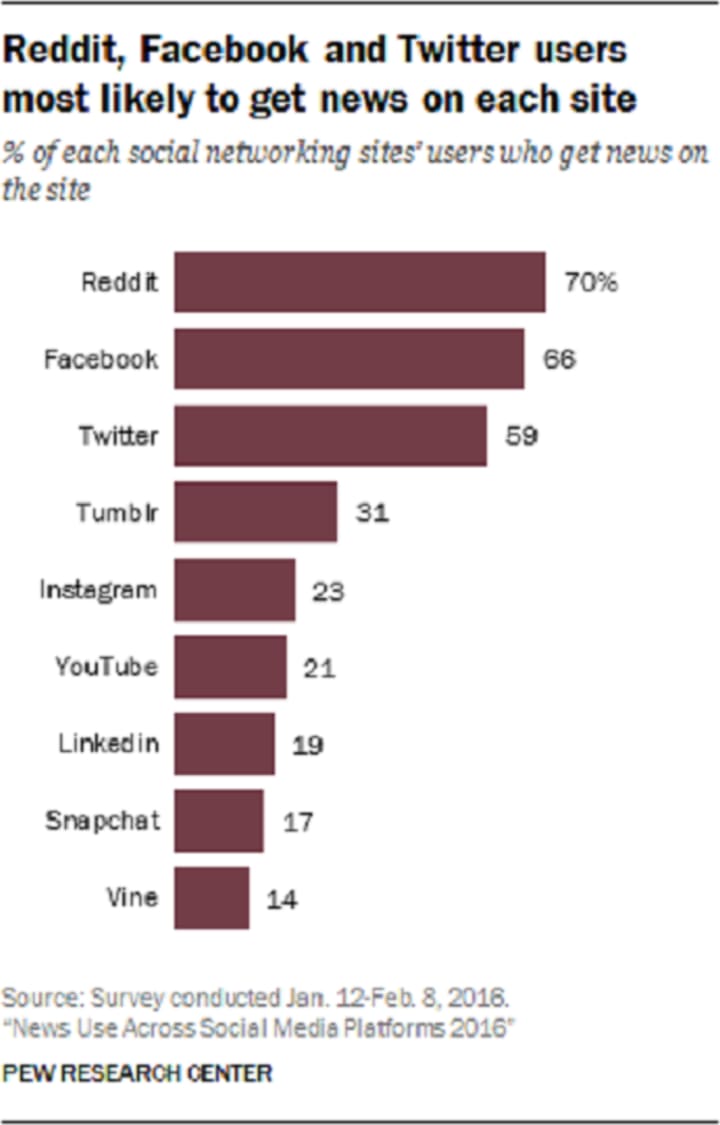Social Media Moods and Market Movements
The popularity of social media platforms has gone beyond the usual trending hashtags.

In 2013, the Securities and Exchange Commission (SEC) confirmed that companies could announce "key information in compliance with Regulation Fair Disclosure (Regulation FD)" on social media platforms, provided they alert investors as to which social media platform they will use to broadcast such information. The SEC announcement came after an investigation by the Division of Enforcement for a post by Netflix CEO Reed Hastings. On his personal Facebook page, Hastings had mentioned that, monthly, Netflix had more than one billion hours of streaming video. Since the information was neither mentioned in the press release nor in Form 8-K filing, the stocks reacted sharply to the Facebook post.
Alternative data can capture real-time black swan events, which traditional media sources may sometimes miss. Such real-time information deepens an investor’s market perspective and serves as a trading signal which may potentially be market movers.
Earlier this year, it was reported that automated programs relied heavily on computer algorithms and were allowing traders to instantly capture Trump's Twitter remarks so as to buy or sell the impacted stocks. Another classic example of a tweet impacting a company’s stock price is that of Tesla. Tesla’s stock recently fell more than 2% after the company’s CEO, Elon Musk, tweeted the stock price to be “higher than we have the right to deserve.”
The growing number of collaborations show the significance of such unconventional platform. Recently, Twitter announced 35 small video content partnerships in Asia Pacific so as to bring hours of streaming videos to the platform. In 2015, Bloomberg signed a long-term contract with Twitter “to enhance financially relevant information found on the social media platform for users of the Bloomberg Professional service”.
Alternative news on social platforms has also provided an opportunity for analytics startups. By looking at sentiment analysis, fundamental, and consumer behavior analysis, a growing number of startups are capturing user behavior on social platforms for established financial companies. Datameer helps companies clients like Citi and Visa with big data analysis to discover fresh insights that drive higher business performance. An Israeli startup, Iguazio, recently raised $33 million in funding to build an "edge data" analytics platform to target IoT, financial services, cybersecurity, telematics, and media.
Such deep data analytics has paved the way for stock predictions that extract sentiments from tweets and uses these metrics to predict various aspects of finance like trade volumes, stock market returns, and even volatility. This allows experts to form a customized trading strategy and maximize profits for an existing portfolio.
Academic studies have supported a strong correlation between Twitter mood and stock prices. Earlier this year, researchers from Kellogg School, New York University, and London Business School teamed up to understand “whether companies strategically disseminate information to manage public perception.” They looked whether listed companies on S&P 1500 index had accounts on Facebook, LinkedIn, Pinterest, Google+, YouTube, or Twitter. The study showed that journalists quite often picked up the negative stories and, interestingly, negative news attracted a series of retweets which led to an increased bid-ask discrepancy.
A 2010 working paper by Johan Bollen, et al. showed that public moods derived from Twitter feeds correlated to the value of Dow Jones Industrial Average (DJIA). Detecting the public’s moods and reaction to two events (Presidential Election and Thanksgiving), the study concluded that certain mood dimensions like Calm increased the accuracy of a Self-Organizing Neural Network model by predicting up and down changes in DJIA closing values to 87.6%.
Percent of Users Who Get News on Social Media Sites

But even though social platforms act as a collective barometer of shifting thoughts and contradicting ideas, a total reliance on social moods is never advisable.
Often fake or bot accounts add noise to the data gathered on Twitter or Facebook. False stock rumors or even tweeting a link to a hoax article can impact stock prices. In 2015, the Department of Justice investigated a trader, James Alan Craig, for replicating accounts of two established securities firms. The negative news, misconstrued to be genuine, adversely impacted the share prices of both the companies. In 2015, Twitter shares leaped around 8% on fake news that the company had a takeover offer. The surge originated from a Twitter account that mimicked the look and feel of Bloomberg News.
With real-time market alerts becoming an additional part of existing information, tweeting with caution, verifying the source, rechecking the accuracy of information, and sharing such information carefully may be the best advice for users.
About the Creator
Deena Zaidi
Finance and Tech Writer | Website: Digital Disruption | Blogs at Data Science Central & Medium | Twitter: @deenazaidi
Enjoyed the story? Support the Creator.
Subscribe for free to receive all their stories in your feed. You could also pledge your support or give them a one-off tip, letting them know you appreciate their work.







Comments
There are no comments for this story
Be the first to respond and start the conversation.